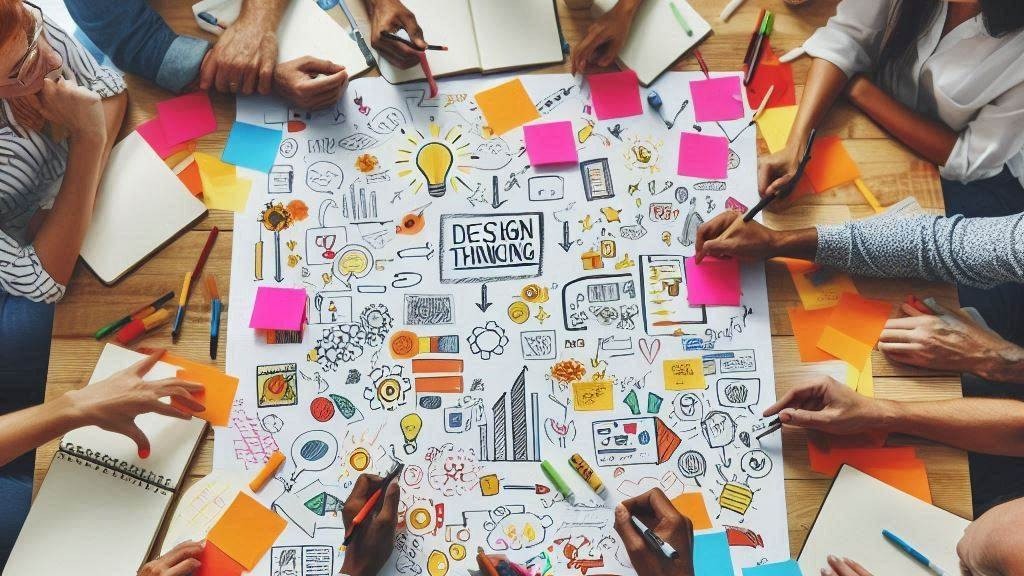Understanding Design Thinking: A Human-Centric Approach to Innovation
In today’s rapidly evolving world, innovation is no longer just a goal—it’s a necessity. Organizations are continually seeking ways to adapt, improve, and stay ahead of the competition. One approach that has gained significant traction in recent years is design thinking. This methodology emphasizes understanding the needs of users and creatively solving problems to deliver effective and meaningful solutions.
What is Design Thinking?
Design thinking is a problem-solving framework that prioritizes human needs and experiences. It encourages a deep understanding of the end user, allowing teams to design products, services, or solutions that resonate with their target audience. The process is inherently iterative and involves collaboration across disciplines, making it highly effective in a variety of fields, from product development to service design and beyond.
The Key Phases of Design Thinking
The design thinking process typically consists of five key phases, although these can vary depending on the specific framework being used:
- Empathize: This initial phase focuses on understanding the users and their needs. By conducting interviews, surveys, and observations, designers gain insights into users’ experiences, challenges, and motivations. The goal is to develop empathy for the users, which serves as the foundation for the entire process.
- Define: In this phase, the insights gathered during the empathize stage are synthesized to define the core problem or challenge that needs to be addressed. This involves crafting a clear problem statement that guides the design process and keeps the team focused on the user’s needs.
- Ideate: The ideation phase encourages brainstorming and the generation of creative ideas. Teams are encouraged to think outside the box and explore a wide range of potential solutions, without judgment. The objective is to generate as many ideas as possible, which can then be refined and evaluated.
- Prototype: Once ideas have been generated, the next step is to create prototypes—tangible representations of the solutions. Prototypes can range from simple sketches or models to interactive digital applications. The goal is to bring ideas to life, allowing teams to test and iterate on them quickly.
- Test: The final phase involves testing the prototypes with real users to gather feedback. This stage is crucial for understanding what works, what doesn’t, and why. Insights gained from testing inform further iterations of the design, allowing teams to refine their solutions until they meet user needs effectively.
Benefits of Design Thinking
- User-Centric Focus: By prioritizing user needs, design thinking helps organizations create solutions that resonate with their audience, leading to higher satisfaction and engagement.
- Fosters Innovation: The iterative nature of design thinking encourages experimentation and creativity, allowing teams to explore multiple avenues for solutions and discover innovative ideas.
- Collaboration and Diversity: Design thinking promotes collaboration among diverse team members, fostering an environment where different perspectives and expertise can contribute to the design process.
- Adaptability: The flexibility of the design thinking framework allows organizations to adapt to changing user needs and market conditions, ensuring that solutions remain relevant.
Conclusion
Design thinking is more than just a methodology; it’s a mindset that encourages organizations to embrace empathy, creativity, and collaboration in their problem-solving efforts. By focusing on the user experience and iterating through feedback, teams can develop solutions that not only meet business objectives but also create meaningful value for users. As industries continue to evolve, adopting a design thinking approach may be key to driving innovation and staying competitive in today’s fast-paced environment.


Leave a Reply